Film Photography 101: Film vs. Digital
Does digital mean just shooting photos that suck, for free?
Welcome to Lesson #4 of Film Photography 101, my 5 part series where I will share some (hopefully) useful tips to help accelerate your growth as a film photographer. Today, I’m discussing the ins and outs of shooting film versus digital. The value and aesthetics benefit of each is a debate for the ages, and my take might be lukewarm at best. I personally use digital for commercial gigs, wildlife and action sports because it's fast, reliable, and practical. But when it comes to capturing lifestyle, travel, or something just for me? Film wins, most of the time. But ultimately, whether an image is taken on film or digital, all photos are workable, archivable and printable from a computer.
So if you’re wondering which format might be right for your own creative work, you’re in the right place. I’m not here to preach or gatekeep, just to share what I’ve learned (and what I’m still figuring out). Let’s talk about the quirks, perks, and trade-offs of both. Get a cup of coffee and take a 3 minute break - this’ll be a fun one.

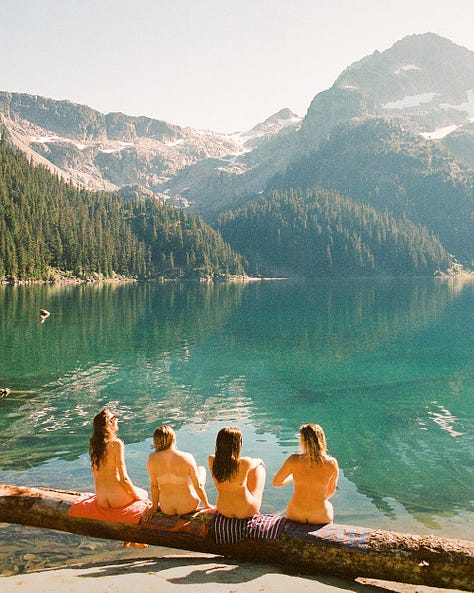
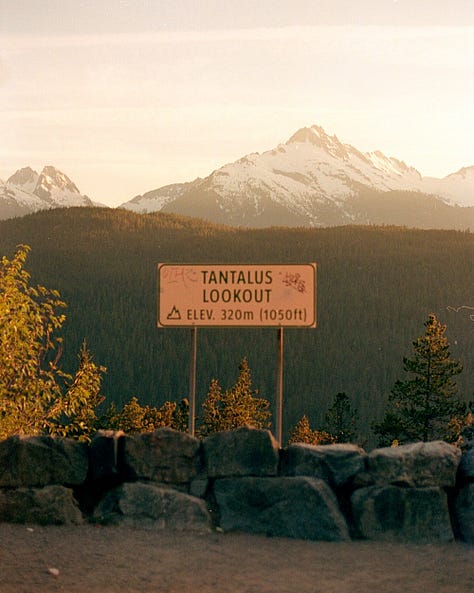
Film vs Digital
Now, I’m not even sure that I believe in pitting the two against each other. Film isn’t “better,” and digital isn’t “cheating.” They’re just different tools for different kinds of stories, and both can be powerful in the right hands. Digital cameras continue improving year on year, with finer and finer resolution that film is just not capable of achieving. But film can give you a quality that digital cannot do. Film is more for enthusiasts (or are we actually cult members?). And let’s not forget, higher resolution does not necessarily make for a better image.
Digital is great for capturing things exactly as they are: sharp, fast, and precise. Think: a big play at a sports game, or a bird mid-flight. It’s built for those moments that happen in a split second. Film, on the other hand, leans more into mood. It’s less about technical perfection and more about how a moment felt, like a weekend away with friends or a quiet afternoon with family. There’s a bit of unpredictability to it that makes the memories feel more alive and tangible when you look back.
Why go digital?
These days, digital photography just makes a lot of sense, especially if you want speed, control, and consistency. You don’t have to worry about a lab mishandling your film or scans. Whether you're a pro or just someone who loves taking pictures, digital gives you the freedom to shoot, review, and adjust on the spot. When I’m shooting whales off the coast of Vancouver Island, or skiing in Japan, I’m shooting digital every time.
Digital Is Reliable
When you're a photographer living in the fast lane of client demands and quick project turnarounds, digital cameras are your best friend. They’re versatile, efficient, and downright dependable multitools.
Digital devices offer the capability to produce thousands of images in very quick succession with no price difference between one frame and ten thousand. Those frames are all available for instant review on an LCD screen. When subjects are moving fast or if you’re shooting tethered in front of a client, the ability to view your shots seconds after they're taken is invaluable. This makes digital ideal for sports, wildlife, and anything requiring fast responses. The "spray and pray" method (holding down the shutter button in high-speed burst mode, hoping that one of the images in the series will come out) is either unavailable on film cameras or is a prohibitively expensive way to go about taking photos on film.
Digital makes it easy to adjust on the fly and ensure you're capturing exactly what you intended. This is critical when you’re working against the clock. Flip-out screens make framing and reviewing easy, and built-in presets or custom edits can take your images from raw to ready in minutes. No waiting, no darkroom, and no guessing. You can shoot, tweak, and share, all with the lights on and everything at your fingertips.
Digital cameras also offer a level of adaptability that is unmatched, offering high ISO performance, long exposure capabilities, and rapid-fire shooting modes. These features allow us to experiment and push boundaries in low-light conditions or dynamic environments. In post processing, digital files can be further adjusted and transformed, enabling us to ensure we’re realizing our vision. Unlike shooting film, where results are delayed and can vary wildly, digital images are consistent and controllable.
If you’re still learning (aren’t we all?), digital photography’s instant feedback and image review mean that you can learn good technique fast. You can take a photo and review the settings in-camera or on a computer during post-processing. On film, unless you're diligently taking notes and recording which settings you use for each frame, you likely won’t remember what settings you used, and therefore won’t know how you got it so wrong (or so right). You’ll learn faster on digital whilst avoiding the cost of trial and error that comes with film - no waiting for development or spending two dollars per frame on overexposed, underexposed, or off-focus photos.
Why shoot film?
Most people who shoot film today will tell you they like film because it’s a slower, more considered, more intentional process than digital photography. This is true - with only 24 or 36 shots per roll, you’re encouraged to slow down and take a minute before pressing the shutter. But for many, the main draw of film is actually the aesthetic. The aforementioned quality of unpredictability forms part of the magic of the shooting process.
Film is instantly recognizable and (arguably) inimitable.
Film has a very distinct look: natural grain, rich tones, and unique color rendering that digital cameras often attempt (yet rarely fully succeed) to imitate. The light leaks, vivid colors, and organic grain achieved with film are all elements that digital technology simply cannot match. If you’re reading this newsletter that is targeted specifically at film photographers, you probably don’t need much more convincing about the visual impact of film.
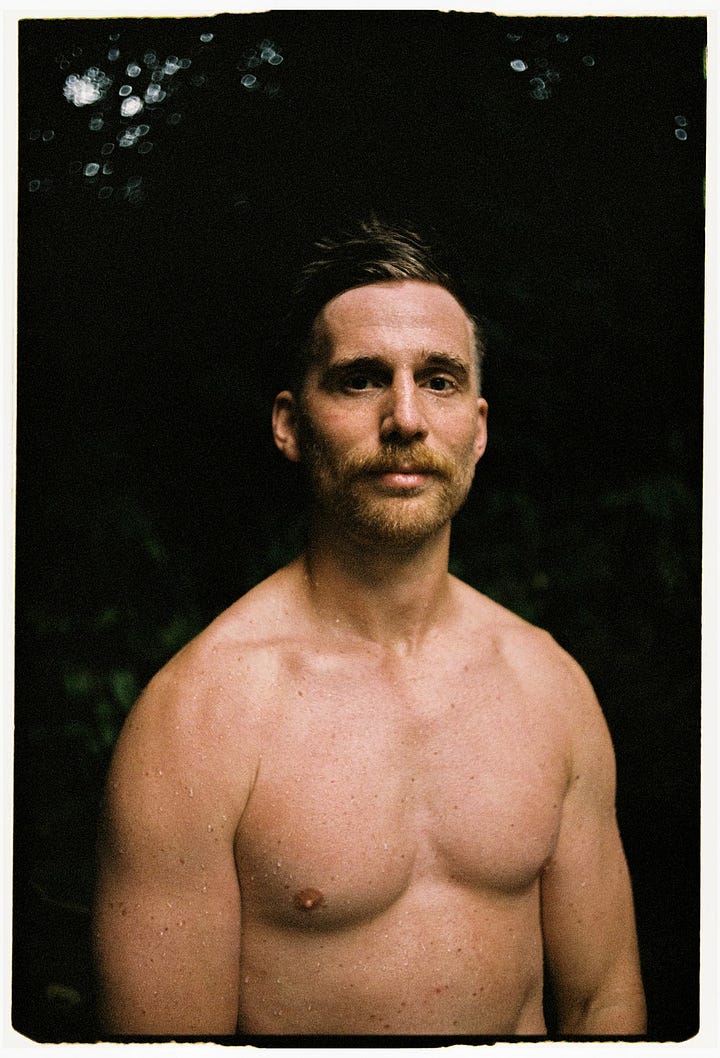
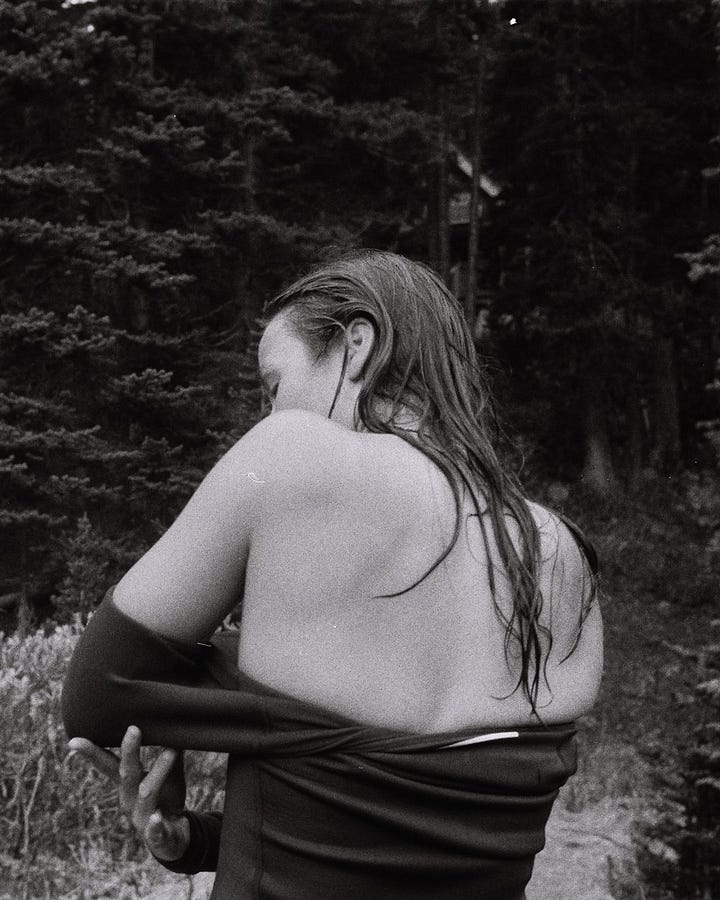
Aesthetics aside, in the modern world we are all seeking ways of going temporarily offline and avoiding "screen time" - and film photography is a great way to do that. With a mechanical film camera, you don’t need batteries, SD cards, internet, or really any technology at all. Just a roll of film (and a little know-how). With digital, it's easy to shoot dozens of frames without thinking twice - there’s little cost, so there’s less pressure to get it right the first time. As Ken Rockwell puts it:
“It seems digital cameras are all about the freedom to make pictures that suck, at no cost.”
Film encourages you to commit to the shot. Every frame counts, and that changes how you see and shoot. But film also holds up technically. It has a wide dynamic range, incredible sharpness, and rarely needs the kind of post-processing (like sharpening) that digital often requires. And because there’s no display screen on the back of a film camera, you stay focused on what’s in front of you, not what you just shot. In a way, film gives you more time behind the camera because all the reviewing happens later.
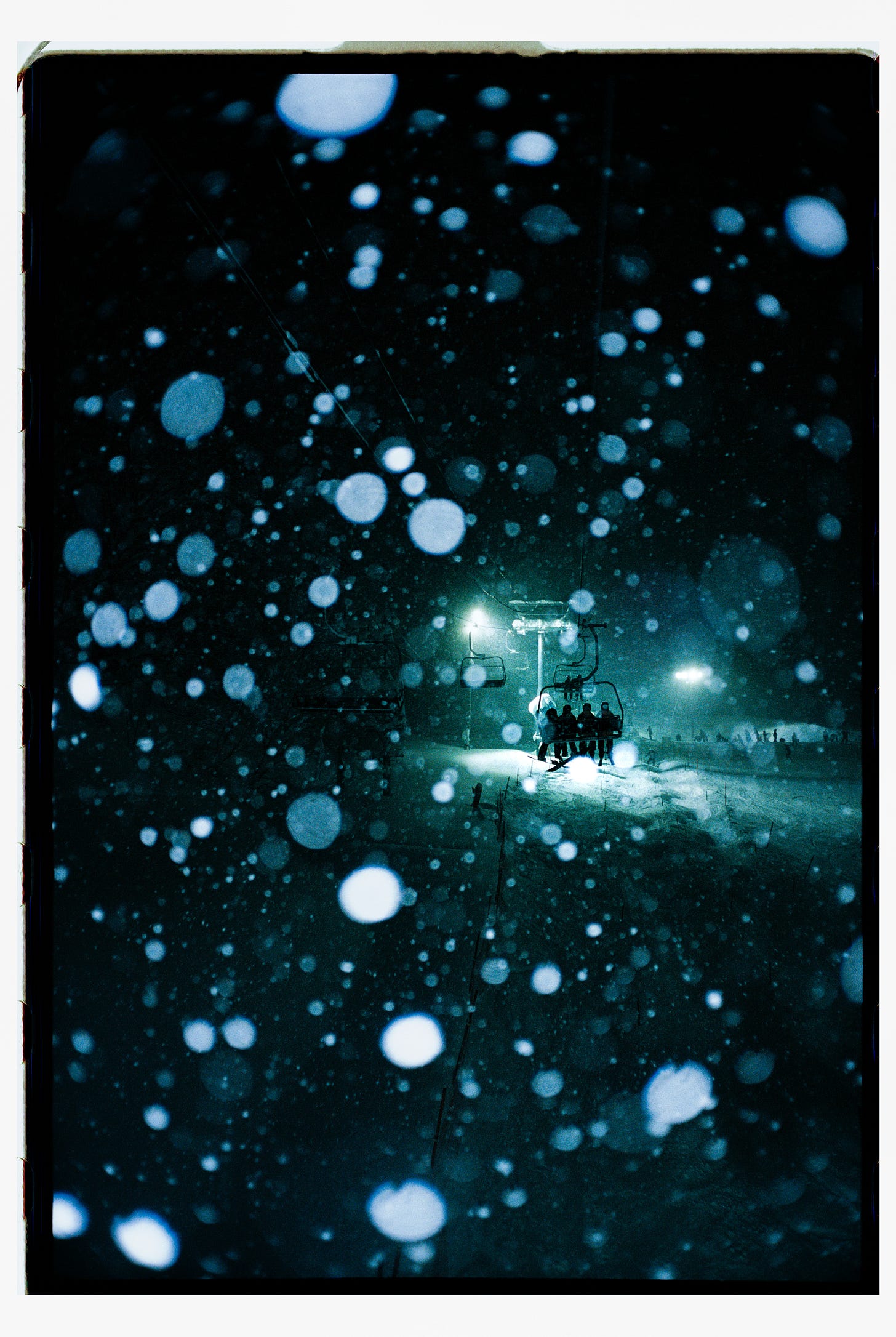
There’s also a simplicity to shooting film. There is no way to rig it to a computer. Film doesn’t crash. It doesn’t get corrupted. You don’t need backups, cables, chargers, or memory cards. Manual film cameras are mechanical, straightforward, and surprisingly tough. No error messages. No battery anxiety. Just load your roll and shoot. (Note: This is specific to mechanical film cameras - electronic film cameras kind of offer the worst of both worlds…)
And when it comes to editing, film is incredibly flexible. If you don’t love your scans now, you can always rescan them later (even years later, like I am), and probably get better results with newer technology. A film negative is like your own original raw file, sitting there patiently, ready when you are.
Fantastic images can be produced on film, some of the most famous images in the world have been. And, if we turn our focus away from buffer speeds and camera bodies to instead take a look at lenses and image resolution, we haven’t actually made enormous leaps since the 1970s. Today’s lenses are slightly sharper and do a better job correcting things like distortion and camera shake, but the effects of these on final images aren't as impactful as you might think. I know photographers who MacGyver Contax lenses from the '70s onto their Canon R5s because they claim there’s no glass like it. There is a reason why Hollywood still shoots hundreds of thousands of feet of film every day.
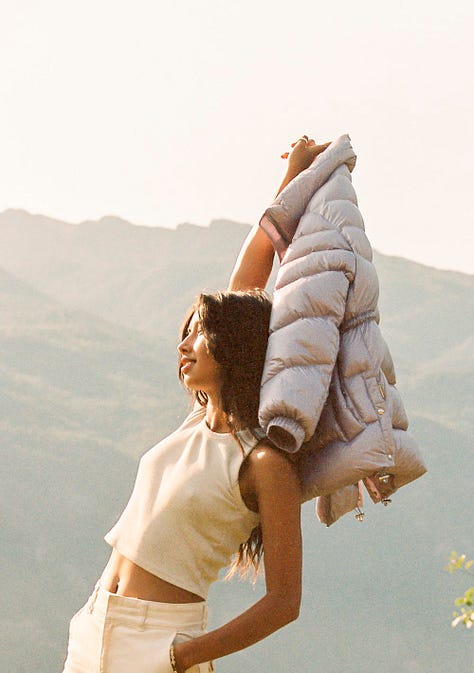


Key differences
For most photographers, the biggest difference between analog and digital photography is the process. I’ve touched on this already, but digital photography is a process that is designed to interact with screens and digital devices. I shoot a decent amount of digital as well, and sometimes it feels like I’m creating images on a computer rather than taking photos with a camera. There’s no good or bad, it’s just different. And because it's different, there are instances when you'd decide to use one over the other - like sports vs. a fashion editorial. It’s just not comparable.
Because film often needs to be processed by a lab, most of the time you’ll need to wait for hours, days, or weeks until you see whether or not you got the shot. For some, the wait may seem pointless and inefficient. But for others, this may be what makes shooting film so special. The slow, mindful process is why film is favoured by many documentary, travel, and lifestyle photographers.
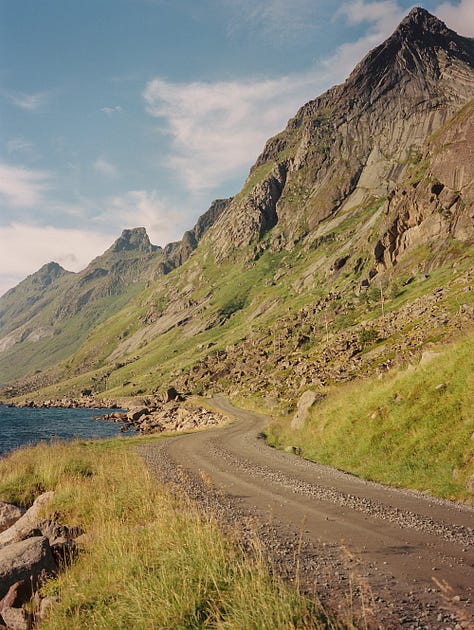
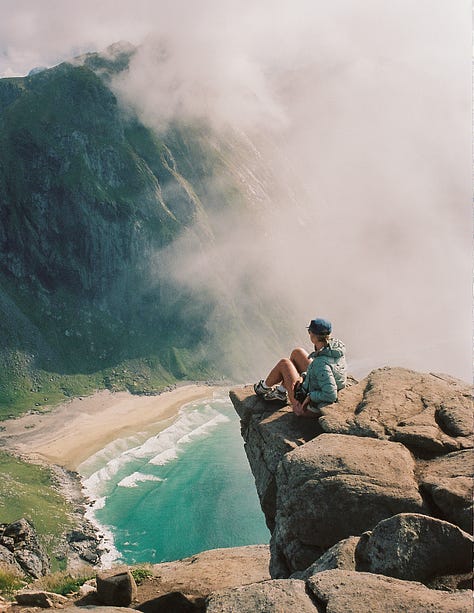
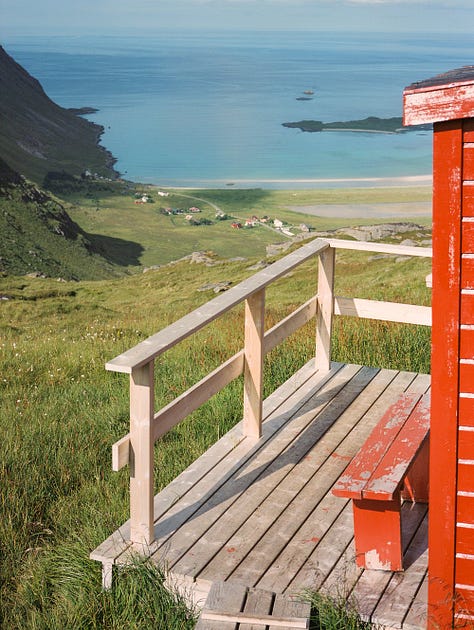
There are also key differences when we compare files. Digital is easier to store than film and takes up far less physical space. In theory, the lifespan of a digital file should be infinite, but they are vulnerable just like a negative. A developed film strip does deteriorate over time, but with appropriate care can last for over a hundred years. They are vulnerable to sunlight, water, and dust, and large events like a house fire would destroy an entire archive. On the other hand, digital files are vulnerable to corruption, both on SD cards and storage drives, during formatting and, of course, as a result of human error.
Summary
One of the core advantages of digital is the ease of shooting and reviewing images at a fast pace. Film takes more time to learn, is harder to travel with, and expensive. On top of that, most people end up scanning their film just to share it online, so after all that effort, you’re often still working with a digital file. And yes, a similar look can often be recreated with editing software. Remember, as an artist, you can do whatever you want with your work. I used to think that branding myself as an exclusively film photographer made me seem more devoted, more passionate, more of an expert in the field. But the truth is I love digital, too, and I think leaning more into it has improved my understanding of film photography significantly over the years. Nowadays, I shoot digital for action, wildlife and commercial, and film for lifestyle, travel and personal projects.
For some, the extra effort of shooting film is part of the appeal. There’s something about the hands-on process, the limitations, and the slower pace that makes film more rewarding, even if the end result isn’t drastically different from digital. Sometimes it’s disappointing when film photos don’t have a tell-tale imperfection or grain.
Still, the decision to choose between mediums can only be made once you’ve you tried both. Do you shoot film, digital, or both? Do you switch between the two? Let me know in the comments.
I hope you enjoyed this week’s newsletter! Unfortunately, I’ve experienced some delays with my new website, but I can’t wait to release the guide I’ve been working on - The Ultimate Beginner’s Guide to Film Photography. It has been designed with the beginner film photographer in mind, as well as for established digital photographers who want to learn the foundations of film. Subscribers will get early access to my guide, and in the meantime, I hope that you enjoyed this newsletter.








Great read! I too have an old Contax lens on my Sony A7iii 🤌👌
I love film. I can’t stay away from it. But I do shoot both. Film during my photo walks and road trips. Digital on photoshoots and… well when I’m broke😆 you did a great job explaining the difference 😃